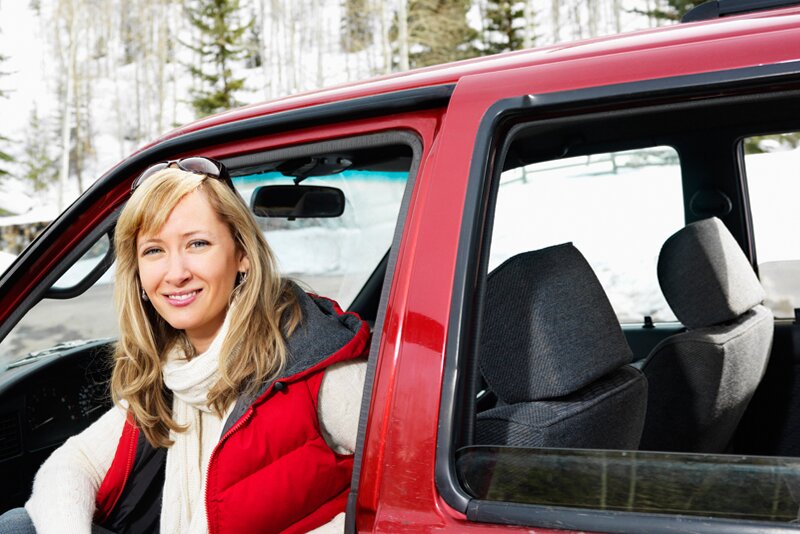 Nov. 24, 2014 Brrr… the cold snap last week took everyone by surprise. Although we knew it would be here eventually, we were not expecting temperatures in the teens and SNOW this soon!
Nov. 24, 2014 Brrr… the cold snap last week took everyone by surprise. Although we knew it would be here eventually, we were not expecting temperatures in the teens and SNOW this soon!
In reminding myself (and you, the readers) about winter preparations around the home and with the vehicles, this is my first installment of my Winterizing Blog. Hope you enjoy and please feel free to add any of your own comments or suggestions for tips to Winterize. Check back soon for Winterizing Blog #2.
Winterizing Blog #1: Vehicles
Freezing weather is hard on people, animals, and …. well, working machinery -specifically vehicles which we rely on daily! When my daughter went outside with temps in the teens to start her car, it would not start – dead battery. With a presentation to give at the start of her class and a 10 minute commute ahead of her, it was a frantic rush to jump the vehicle and get her on her way. This got us thinking about winterizing – earlier than we would have.
Winter, in many parts of the country, means unpredictable weather – 50 degrees today and 14 degrees tomorrow with ice and snow! Although some situations are difficult or impossible to predict, you can still make yourself as prepared as possible for the unexpected. Since you rely on your vehicle daily, you want it to be reliable for you.
Here are some tips to help make sure your vehicle is ready for winter:
1. Let’s start our winterizing inside the vehicle first.
- Pack a small duffle bag and be sure to include in it: gloves, hat, scarf, boots, coat, blanket, water, non-perishable snacks.
- Check to see if the heat and defrost are working properly.
2. Under the hood. If you know enough about your vehicle, you can do these on your own. Others of you may have to go to a service center for this part.
- Check the fluids: oil, anti-freeze, deicer windshield fluid, transmission fluid, steering fluid.
- Check belts and hoses.
- Check the battery.
3. Outside of the vehicle.
- Check your lights and make sure all are working properly.
- Check your tires for air pressure and tread.
- Check your wiper blades for wear and tear, and make sure they are working.
- Check your spare tire for air pressure.
- Kitty litter – to help with traction – if needed.
- A small shovel – in case you need to dig out. (Hey, you never know. )
- A flashlight and batteries.
- An ice scraper.
- A can of Fix A Flat for tires.
- Tire changing equipment: spare tire, jack, tire iron, owner’s manual for exact tire changing instructions, gloves, road reflector or flare.
See Winterizing Outdoor Spaces – click here!
